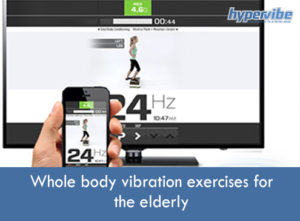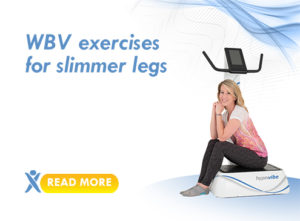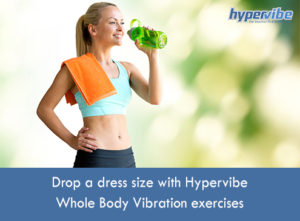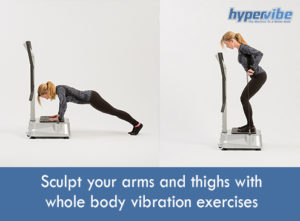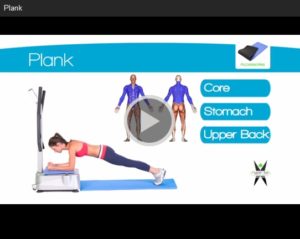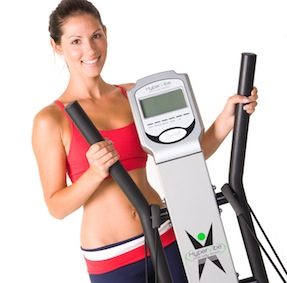The 9 Best Ways to Do Vibration Exercises
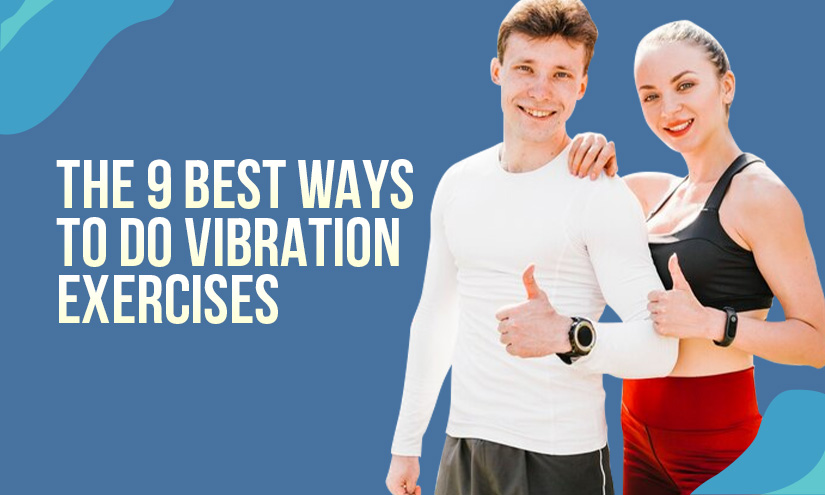
Your muscles will be able to relax while you stand on the plate of a total body vibration platform, which will help you to retain your balance. A study that was conducted in 2017 found that vibration exercises performed on whole body vibration boards can effectively reduce falls.
Performing vibration exercises with vibration plates can induce a larger degree of muscle activation than standing or exercising on firm ground.
Vibration exercises need far less time investment when compared to more conventional forms of resistance training that involve weights. To reap the benefits of vibration exercises, you need to perform the activity three times each week for a total of 15 minutes at each session.
In addition, the benefits of using a vibration plate regularly include the ability to increase bone density, decrease back pain, and bring about weight loss.
Although the vibration plate is not appropriate for everyone, other forms of workout equipment that may be used in the home are. You should talk to a medical professional before using it if you have any issues with your physical health, if you struggle to keep your balance, or if you are expecting a child.
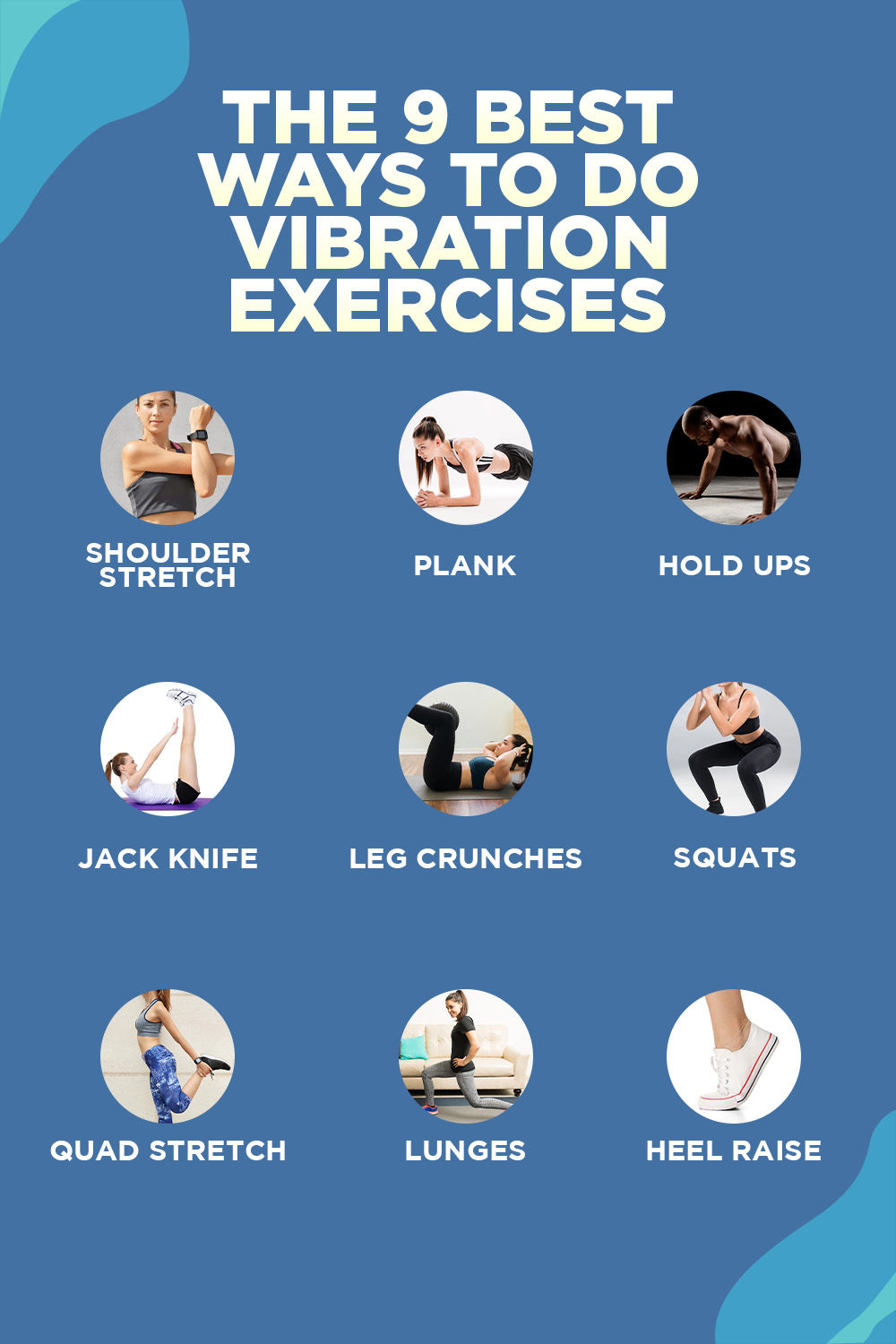
Shoulder Stretch
Hand straps are required for this activity; however, the majority of vibration plates already come equipped with them. If your container does not have hand straps, you can purchase them separately. Take a position on the platform with your feet shoulder-width apart.
You don’t want them to be any wider than your hips, but the space between your hips is typically ideal for maintaining balance. Your lower arm should be able to make a 90-degree angle with your upper arm at the elbow after you have pulled on the straps. To the furthest extent that you can, pull your shoulder blades back. Hold.
Plank
Place your forearms on the platform; if you don’t have a padded mat, you might find it more comfortable to wear long sleeves. You should be able to reach a straight back position with your knees on the ground if you push your lower body away from the platform.
Then either:
- You should lift your bodyweight such that it travels through your knees and into your calves, both of which should remain on the floor.
- Raise your body weight off the platform, then lift your knees off the ground such that the only part of your body that is touching the ground is your toes.
Hold Ups
This time, however, when you assume the plank position, instead of placing your forearms on the platform, you should place your palms on the platform. This will give you a more stable base from which to perform the vibration exercises.
After that, raise your upper body as high as you can while keeping your elbows bent for as long as you are comfortable. You may choose to maintain your knees and lower legs on the floor or you may choose to keep just your toes on the floor. This decision will depend on your level of fitness. Hold.
Jack Knife
For this particular vibration exercise, we recommend that you begin by sitting with your back to the vibration plate. Next, rotate around to place your feet on the platform while maintaining a bent knee position, a flat back position, and arms extended out to the sides of you. Raise your body from the hips as far as you are comfortable going, then hold that position.
Leg Crunches
Middle the plate. You should tuck your bottom and put your weight on it. Put your hands behind your back to balance the situation. Maintain bent elbows. You can lean back while doing this, but keep your back straight.
This type of vibration exercise involves raising your legs as high as you can while maintaining appropriate upper body posture. Hold for 15 seconds. Maintain the posture we taught previously and keep the weight on your abs, not your back or shoulders. We urge you to do this.
Once you’re accustomed to legging crunches’ basic movement pattern, you can customize it. The more you do this exercise, the more you’ll learn which muscles work when. Through practice, you’ll learn how to adjust this exercise to match your needs and wants.
Squats
Assume the classic “squat” stance, with your feet shoulder-width apart (or farther) and toes pointing forward.
You can raise your arms parallel to the ground or clasp the handrails. If you choose the second option, remember that the bars are there for your comfort and balance and that you should distribute your weight over your thighs.
To lower your hips without losing your balance or rounding your back, you may need to move your position forward. The entire workout requires a straight back.
Maintaining your upper body posture, bring your hips down and hold them there as if sitting on a chair that doesn’t exist. If your fitness level prohibits you from obtaining the “chair shape,” with your hips at knee level, do what you can. The chair shape is desired.
Quad Stretch
When performing this particular vibration exercise, the vast majority of people will almost certainly feel a definite benefit from making use of a cushioned mat. If you do not have one, you can either wear pants that are more substantial (for instance, running pants rather than lycra leggings), or you can place some cushioning on the platform, such as a blanket or a cushion.
Turn your back to the vibration plate and place the lower portion of one leg on the plate with the knee resting on the cushioning. Do the same with the other leg. Adjust your body so that your other leg is in a position to support your weight and keep you from wobbling.
You will need to bring the hip on that side forward, and you may find that it is helpful to place your hand on the thigh that you are supporting yourself with. Always remember to preserve a straight back position and make sure that your foot is pointed forward.
When you are ready, bend the knee that is on the plate so that your lower leg lifts. If required, alter your position from the opposite knee and hip to compensate, keeping your back straight. When you are ready, bend the knee that is on the plate so that your lower leg lifts. Hold.
Lunges
One foot on the plate, toes facing front. Bend your front leg to straighten your knee. Move forward from the hips while keeping your back straight. Lean on your bowed leg for stability.
Let only your toe touch the ground; elevate your heel. Your silhouette should look like you’re climbing steep stairs while taking significant steps.
The most natural and comfortable place for your hands is on your hips. If you can distribute your weight properly, you shouldn’t need them. When comfortable, bend forward from the front knee and allow your hips and back knee to descend. Hold.
Weight should be supported by the thighs and core, not knees or back, for appropriate posture. Changing your posture can relieve pain in these areas. If you’re unsure how to enhance your posture, stop exercising.
Heel Raise
Position yourself so that your shoulders are roughly in line with the center of your plate and your feet are shoulder-width apart. It is acceptable to lean on the bars with your hands, but you should keep your back straight and your hips square. When you feel ready, push yourself up onto your toes and hold that position.
Sources:
https://www.homefitnesscode.com/blogs/news/the-8-best-ways-to-exercise-with-vibration-plate
https://fitnessauthority.co.uk/best-vibration-plate-exercises/






